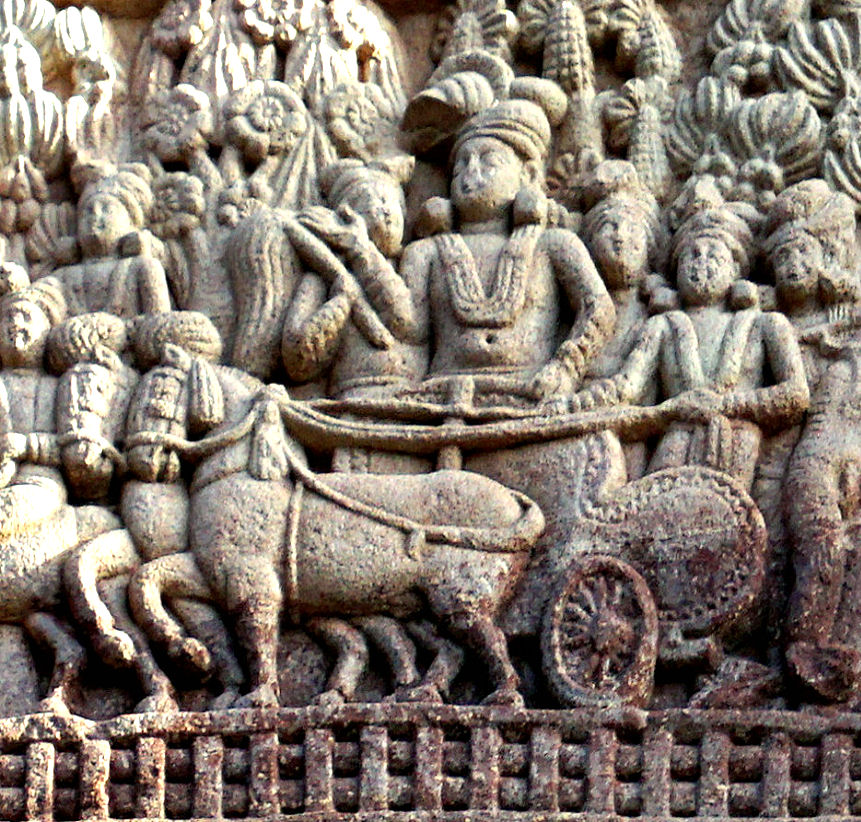
Ujjain features significantly in the historical manuscripts of India.
According to the International Dictionary of Historic Places : Asia and Oceania, the historic period in this region began around 600 BCE when a large part of the Indian subcontinent was divided into 16 Mahajanapadas (principalities).
Ujjain figures in historical and literary records as the capital of Avanti in Western Malwa.
The Skanda Purana describes the glory of Ujjain in great detail. According to the Avanti Khanda of the Skanda Purana, Avantipura, the capital of Avanti, came to be called Ujjayini. This text also mintions Ujjayini`s previous names in different ages – Kumudavati, Kushasthali, Avantika, Amaravati, Chudamani and Padmavati.
India`s prime meridian passes through Ujjain. it is from here that traditional scholars still calculate the ephemeris, or the tables of the astrological almanac that control the fate of Hindus.

A great scholar of astronomy, Sawai Jai Singh had the observatory at Ujjain reconstructed and several temples built. Thereafter, Ujjain and Malwa went through another period of turmoil when the Marathas over-ran the region in the 17th century. With the establishment of Maratha hegemony, temples were constructed, more significantly the Harsiddhi Temple and the Gopal Temple. In 1750, the Scindias took over the town. Until 1810, when Daulat Rao Scindia (1794-1827) moved his capital to Gwalior, Ujjain served as the seat of power of the Scindias.
Even though the commercial importance of Ujjain lessened with this shift, it benefited from the Colonial trade in cotton, grains and opium. After India`s independence in 1947, Ujjain became a part of Madhya Bharat in 1948, and when the state of Madhya Pradesh was formed, Ujjain was included in it.
WhatsApp us